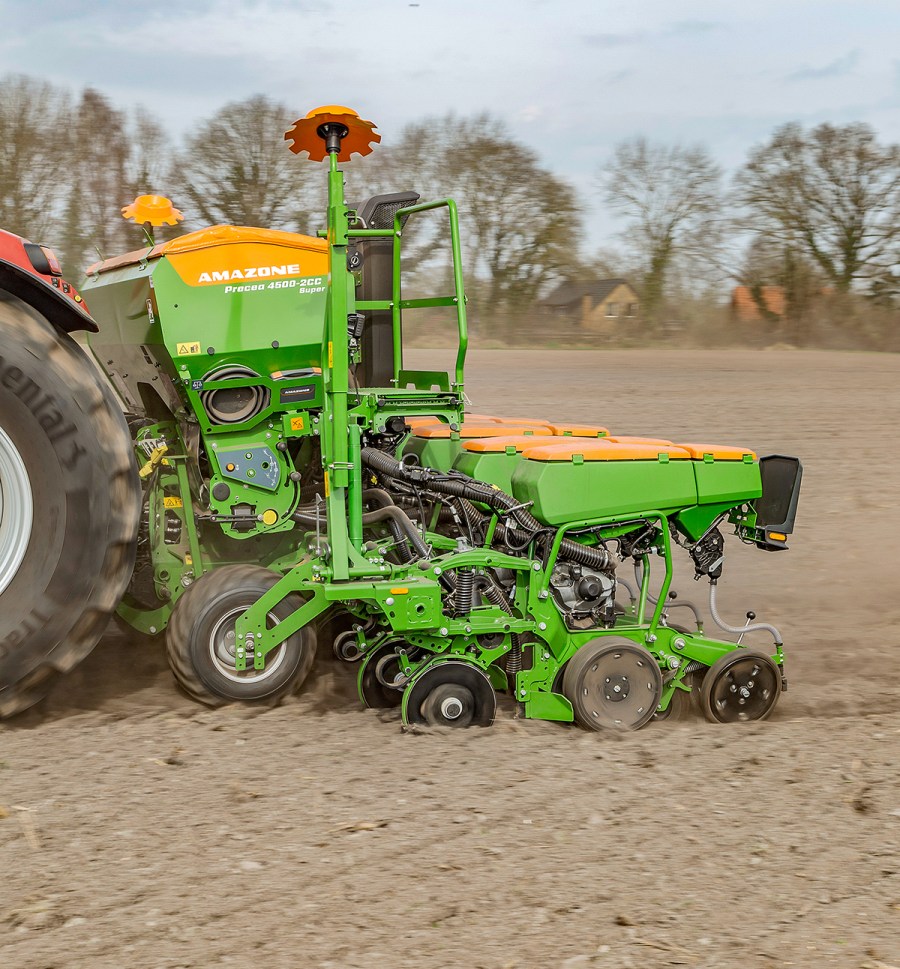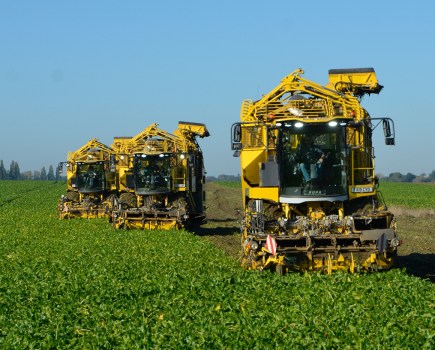This spring Amazone introduced the Fertispot option for its Precea drills. This system places the granules in metered portions next to the seed.
KEEPING IT BRIEF
- Fertispot is an option on Amazone precision planters for this season.
- Special plates in each metering unit portion and direct the granules with spot precision.
- The manufacturer says the system will save up to 25% of fertiliser without yield loss.
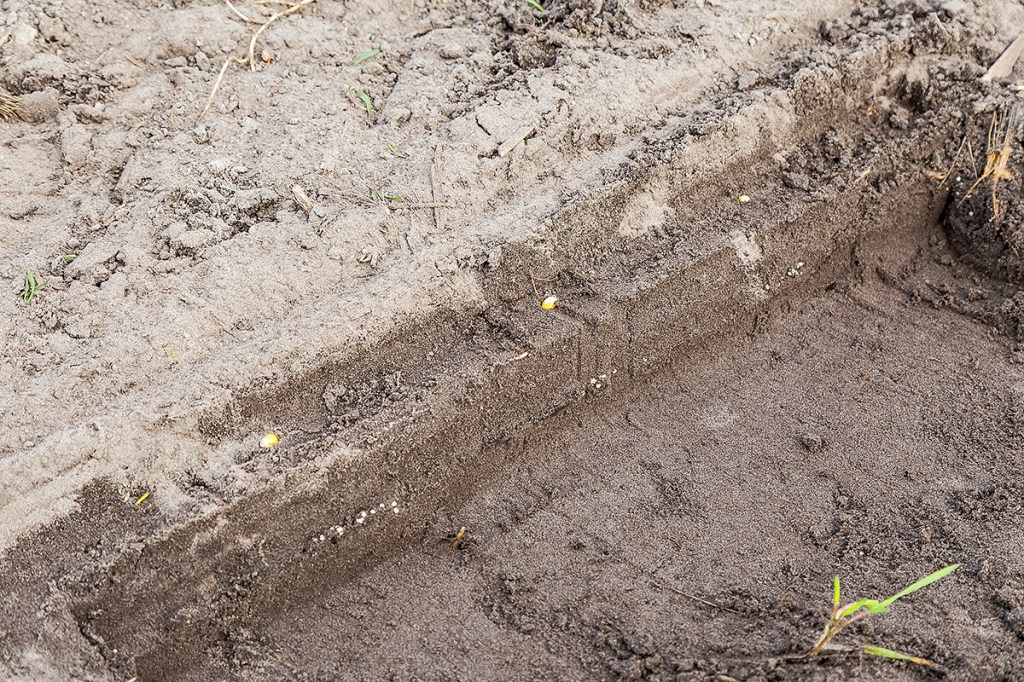
Amazone promises a saving of up to 25% in fertiliser by spot placement when planting, and a zero negative impact on the overall maize yield. And even though it uses different mechanics to achieve the same goal, Kverneland also promises similar savings with its Pudama system. Instead of employing pneumatically operated brush funnels, Amazone relies on rotating portioning arms that are powered electrically.
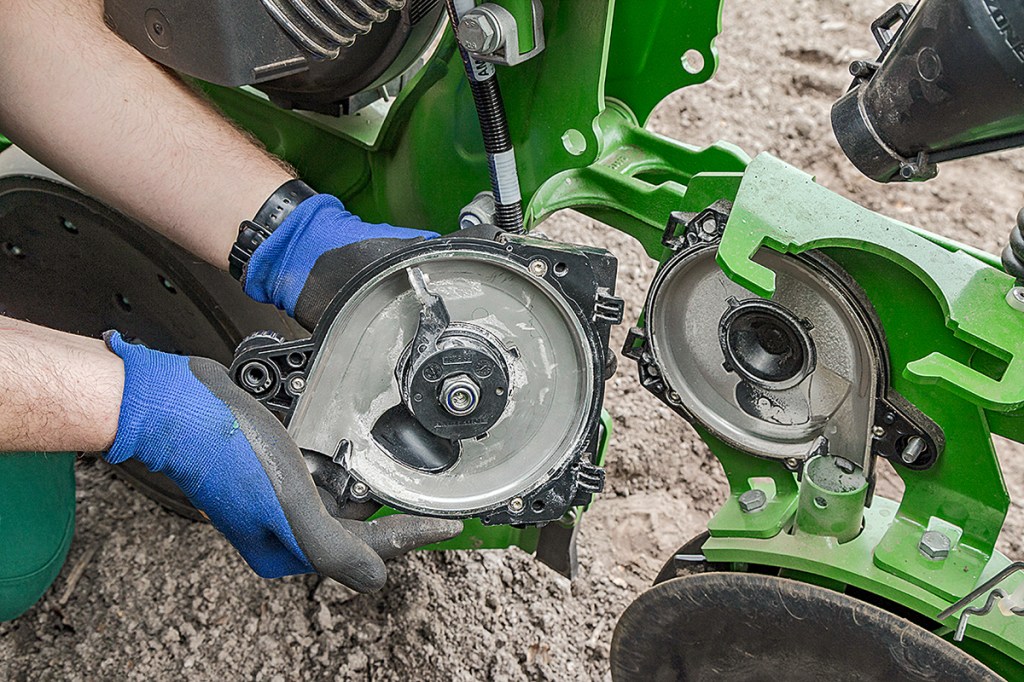
The optional Fertispot components can be retrofitted to existing machines, provided they already have the following elements in place: holders for the portioning arms on the fertiliser coulter; (they’re standard fit from year 2024), the professional wiring harness and the top-end job computer, which as it happens will become a standard-fit item on machines this season.
Initially, Amazone will introduce Fertispot to its leaf-sprung fertiliser coulters, and this will be followed by an option for its seeder- coupled fertiliser coulters at a later date. The leaf-sprung coulters have individual leaf suspension. The coupled coulter version is part of the seeder coulter.
A shovelling effect
Key components of the new system are the electric metering units. These are positioned directly above each double-disc fertiliser coulter. Located above this is a cyclone separator, which cuts the air flow that exits the delivery line and directs it to the side and down to the ground.
A plastic arm with a spring-loaded stainless steel tip rotates inside the portioner section, scooping the granules and releasing them in measured portions. The rotation speed is timed relative to the forward travel speed and seed singling rate. The exact placement position of the fert granules is measured by using data from the optical sensor inside the delivery seed tube.
As the machine lowers into work, the arms rotate initially at 1,900rpm, but they then match the forward speed after a few metres. To prevent blockages in the pipework, the control system is also linked to the fan drive: as soon as the fan is switched on, all of the portioning arms start rotating at the same time. Another safety feature is that if the blade speed drops down below 200rpm, the system forgoes synchronous placement and automatically accelerates. The system is designed for up to 31 Hertz — i.e. 31 portions per second.
Fertispot comes with two other placement options. The first is the multi-spot option, which is enabled with a tap on the screen. In this case, the scoopers place the granules in bands at maximum rpm. The other option is traditional combi-drilling, where you swap the cover of the metering unit with one that doesn’t have any portioning arms.
Well integrated
Back to the spot placement version. You can adjust the exact placement position on the ISObus terminal. If, for example, the portion of granule should be placed between two seeds and not next to one seed, this can be changed with the offset feature, which could also be used for compensating for coulter wear — for example, as drop height or ‘flight time’ will influence the exactness of the placement.
When it comes to using Fertispot on the fertiliser coulters that are directly mounted on to the seeders, Amazone will feed the control system with extra data that will be supplied by an angle sensor in order to synchronise the drop point.
Different rates
Amazone has approved Fertispot for rates of up to 250kg/ha diammonium phosphate at 15km/hr. We deposited diammonium phosphate at a rate of 150kg/ha.
The manufacturer says that the system also works reliably with other types of fertiliser without sticking, claiming the spring-loaded arm cleans the scoop automatically. We do suspect that the system will have limitations in view of the sheer amount of different fertiliser formulations and unfavourable weather conditions.
A neat detail is that the air separators and the housing covers can be opened/removed without tools. They are secured with loss-protected cotter pins. The Fertispot units are also designed symmetrically, following the designs of the left and right fertiliser coulters.
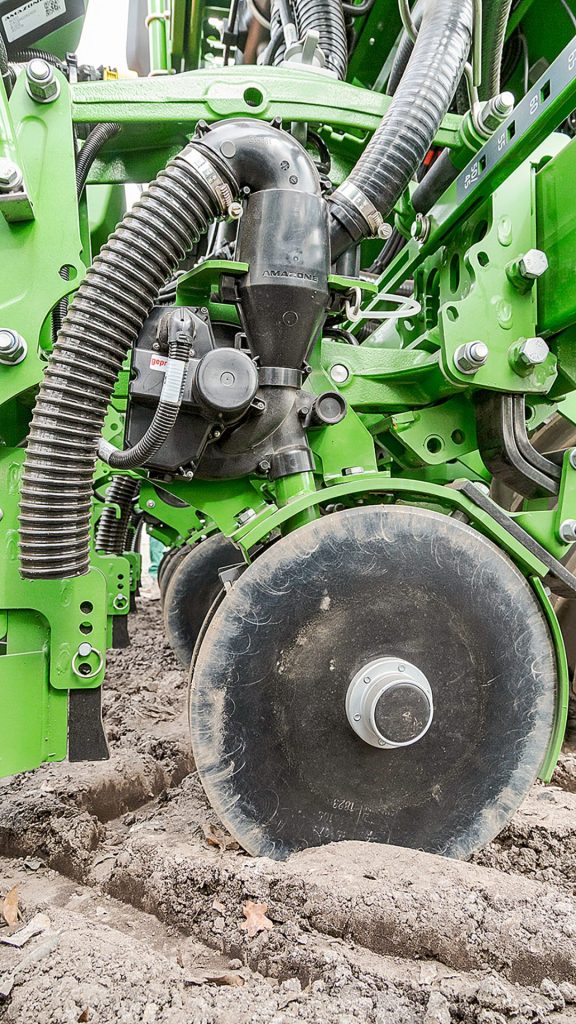
Other details
- If the Precea is equipped with the required wiring harness and job computer, the additional price per row is £1,100.
- Assuming an output of 500ha per year for the eight-row Precea and a saving of 25kg/ha of diammonium phosphate, a purchase price of €64/100kg translates into annual cost savings of €8,000, and at 750ha to €12,000 per year. Eyebrow- raising numbers.
- Indeed, these saving effects increase as in-row spacings increase.
- When the planter’s forward speed varies, the seed and fertiliser placement rate is synchronised within seconds for maximum accuracy.
- Initially, Fertispot is being introduced on drills with up to 12 rows. The portioning arms are powered via the outfit’s ISObus connection.
- The method of delivery also includes a two-vane metering unit — e.g. for multi-spots when planting oilseed rape with a delivery frequency of up to 61Hz.
- The synchronised placement system made a good impression in our field test in light soils.
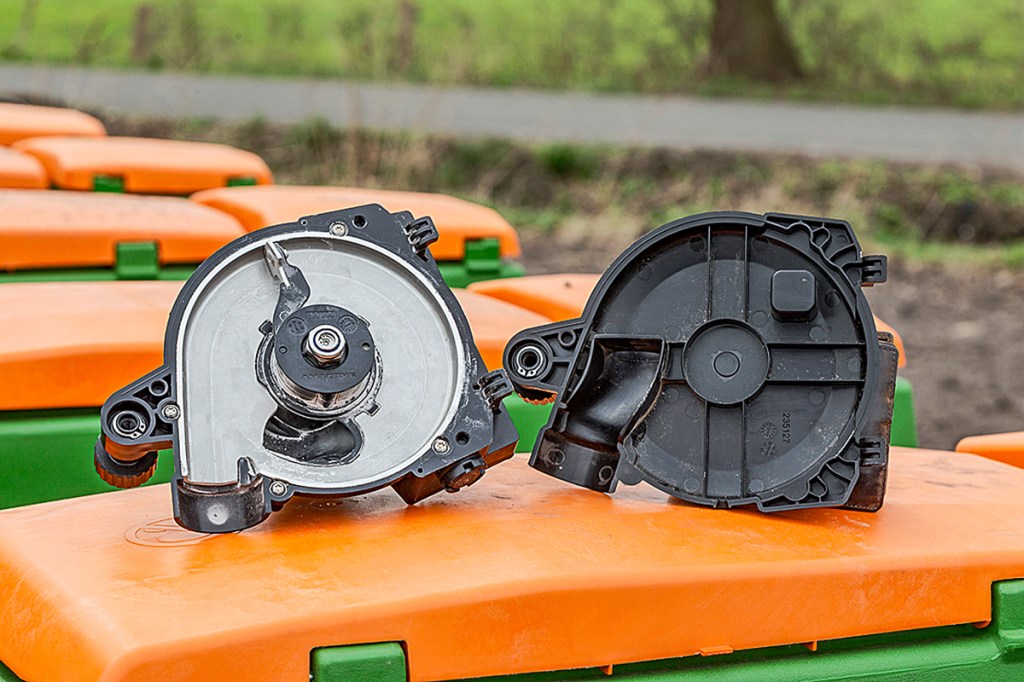
Sönke Schulz
For more up-to-date farming news click here and subscribe now to profi and save.

